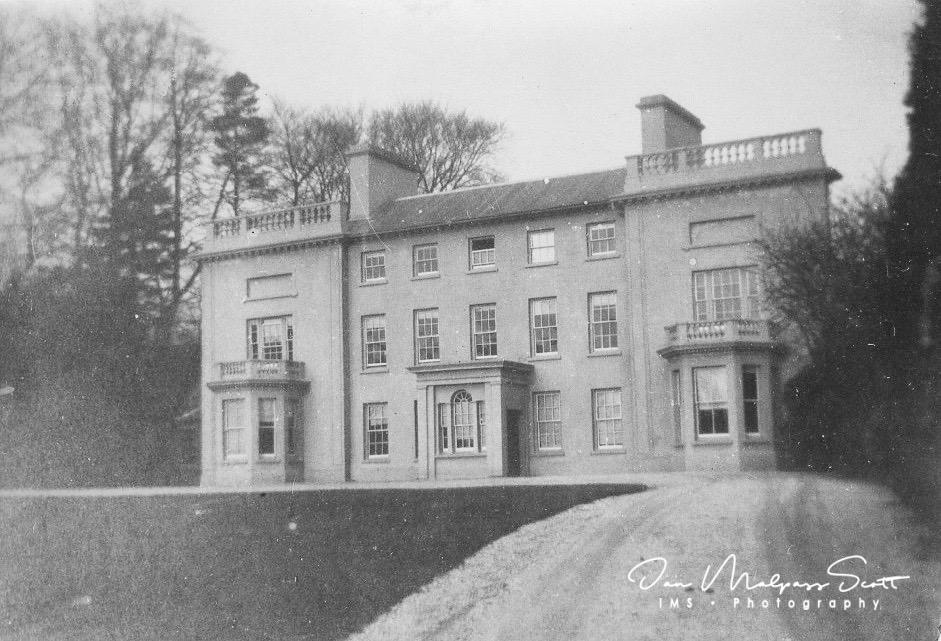The Dolaucothi Estate, or as it was often later spelt, Dolaucothy Estate is situated about one mile north-west of the village of Caio in the upper reaches of the picturesque Cothi valley in the parish of Cynwyl Gaeo, Carmarthenshire. The name Dolaucothi means ‘the meadows of the Cothi’ and the now demolished mansion house of the Johnes family stood close by to the banks of the fast flowing River Cothi. In 1873 the estate comprised 3172 acres.
The approach to the house was by two drives of considerable length, that in the east skirting the Dolaucothi Roman Gold Mines (Ogofau, near Pumsaint), while that in the west was flanked by four lines of ancient oaks — the “very noble oaks” that George Borrow (1803–1881) remarked upon when he walked along the avenue in 1854 to glimpse the house, charmed by the thought that “he had never seen a more pleasing locality”.
Architecture
The house had an early 18th-century five bay, three-storey front with older parts to the rear. The house was in the form of a cube containing 28 rooms. In 1679 it contained 6 hearths and was described as ‘simple and dignified’. John Nash (1752–1835) was employed in 1792 to add the porch and two low wings, each with a window in a recessed arch. At that time, Nash had just finished working on the famous octagonal domed library and square pavilions at Hafod for Thomas Johnes.
John Johnes son, also John, who become Judge Johnes (1800–1876) had the low wings raised and added bay windows in 1871. In its heyday Dolaucothi carried an indoor staff of nine and an outside staff of eighteen. Dolaucothy has been described as having interiors of much charm, important portraits and Eastern war trophies of General Hills V.C.
The house was requisitioned by the Ministry of Supply during World War II and during this time fell into serious disrepair including the floors collapsing and the lead taken from the roof. Dolaucothi was presented to the National Trust in 1941 subject to the life interest of the owner, Mr Lloyd-Johnes, on whose death in 1956, it became the absolute property of the trust. The mansion was demolished in 1952. All that remains of the mansion house is one service wing that now serves as an estate farmhouse.


